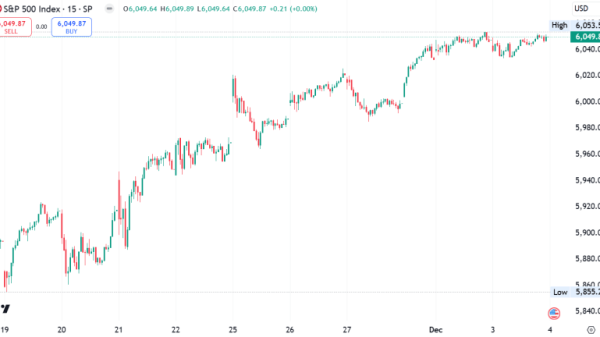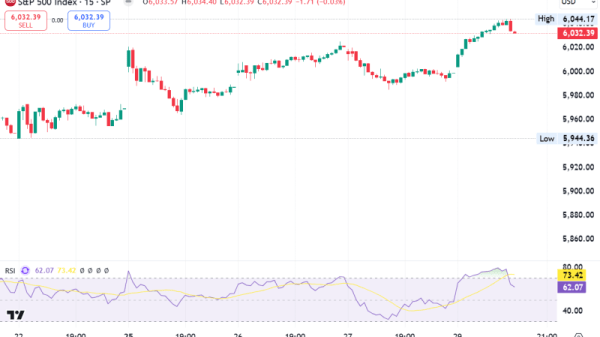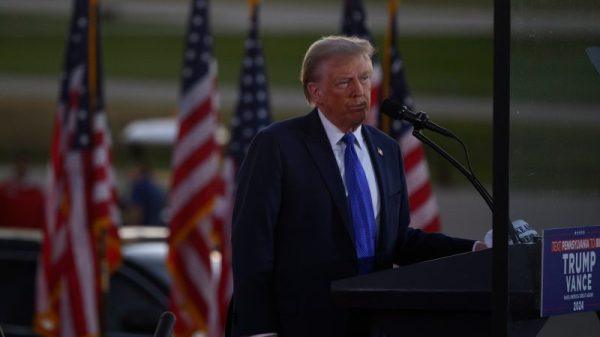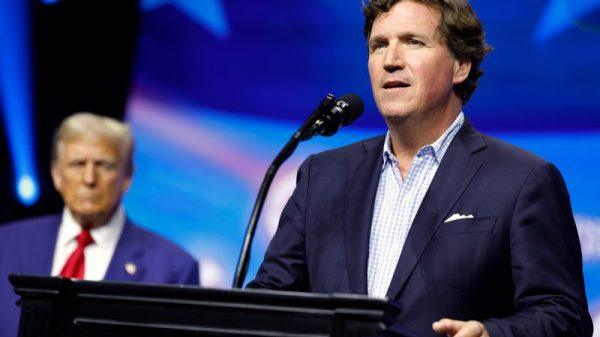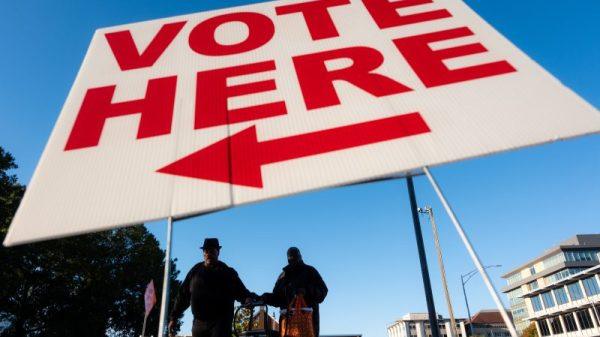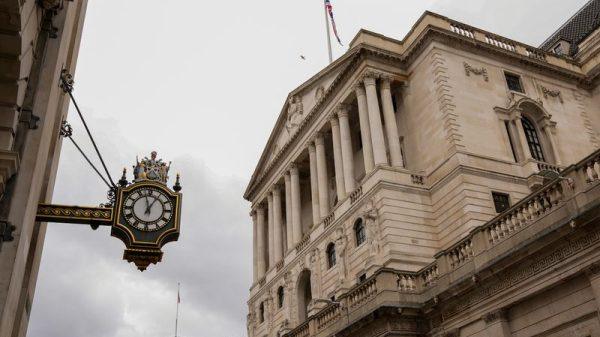Investing.com– China’s Ministry of Finance over the weekend outlined hotly awaited fiscal stimulus policies intended to help support the economy, with analysts noting that while the signaling was positive, the government had still left out several key details.
The MoF flagged plans to issue more debt- specifically 400 billion yuan ($56 billion) in new local government bonds- aimed at supporting regional spending.
The ministry flagged plans for a one-off increase in debt quotas to support local governments, but did not specify a size. The MoF also said that 2.3 trillion yuan left over from a prior LGB issuance would be deployed towards the economy in the coming months.
“Although the specific new funding of this year seems to be only RMB 400bn, if the RMB 2.3 trn available resources can be fully used by end of 2024, this would be more and faster than we had assumed in our baseline,” UBS analysts said.
They also noted that the measures, along with more property market support, could help bring economic growth closer to the government’s 5% annual target.
Beijing also outlined plans for a new issuance of special central government bonds to inject capital into major state-run banks, although the exact size and timing was left out.
But the MoF, contrary to expectations, did not outline any plans to boost private consumption in the country, which has been viewed as crucial for an economic recovery.
A lack of clear details on several fronts was also attributed to the MoF needing approval from the National People’s Congress for any major spending ventures. The NPC is set to meet later in October, with the meeting likely to provide more cues on the planned fiscal measures.
“The MoF is not in the capacity of announcing any budget revisions before receiving greenlights from the NPC. Near-term attention is likely shifting towards the NPC Standing Committee meeting in coming weeks,” BofA analysts said in a note.
Analysts said that more details on the stimulus would likely be revealed in the coming months.
China is grappling with a prolonged downturn in economic growth, which is driven chiefly by weak private spending and a property market crash. Recent data showed that a deflationary trend in the country also remained largely in play.
While Beijing has doled out a string of monetary stimulus measures to help support growth, investors have called for more targeted, fiscal measures, as seen in the MoF briefing.
But investors are still seeking more details on China’s plans for stimulus. Stretched government debt levels have also raised doubts over just how much headroom Beijing has to roll out more support.

